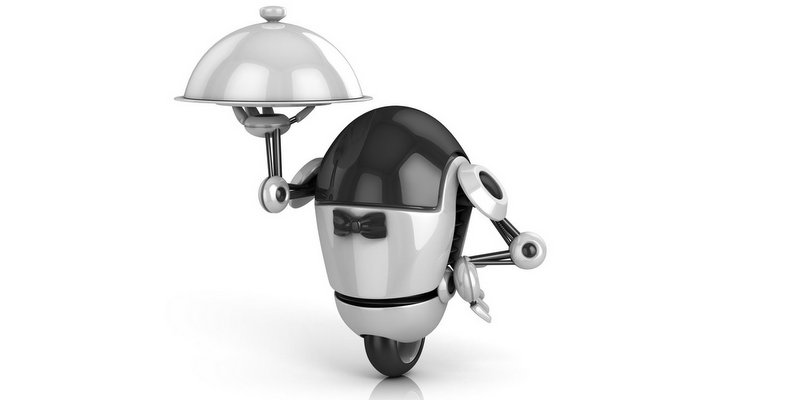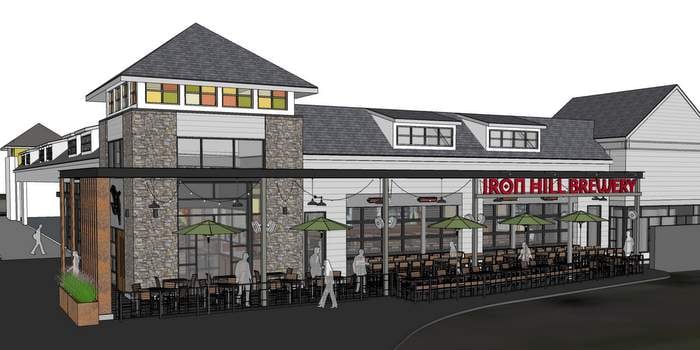
The restaurant space is way more volatile than craft beer, and there is even more troubles on the horizon. While their troubles are not necessarily your troubles (except for brewpubs, of course), it helps to understand the challenges and opportunities in this adjacent segment.
According to independent research company Morningstar, the next consumer trend that will plague restaurants is the same digital disruption that’s changed the retail industry the past two decades. In fact, Morningstar believes restaurant operators must take the time to reinvent themselves with respect to changes in consumer eating habits, the advent of new front- and back-of-house technologies, the blurring of lines between on-premise and off-premise sales and supply chain innovations.
In collaboration with its counterparts from Pitchbook, Morningstar analysts took a closer look at how restaurant and restaurant technology transactions are changing and how that may continue to evolve in the years to come.
You can download the full Consumer Observer report here.
Highlights from the latest Consumer Observer
Expect additional restaurant closures and decelerating industry growth. Morningstar expects restaurant unit counts to decrease by 0.6 percent over the next five years in the United States with casual dining and smaller quick-service restaurant (QSR) chains being the hardest hit. This will result in average industry sales growth slowing from 4 percent from 2012-2017 to 3.4 percent from 2017-2022.
Morningstar sees growth opportunities for chains that continue to adjust to evolving consumer preferences. The blueprint to remaining relevant will differ for each company, but the most successful restaurant concepts will be those that identify what consumer need they are satisfying — often boiling down to convenience versus experience — and then structuring their menu, operations and technologies to best address these needs. Examples include Starbucks and McDonald’s among public operators, and CAVA, sweetgreen, Blaze Pizza and honeygrow among private restaurant chains.
Starbucks’ recovery will be volatile, but there is still a long-term investment case to be made. The company is positioned for a comeback through restaurant layout changes such as emphasizing mobile orders or store experience, as well as new menu innovations focusing on health/wellness and authenticity.
Delivery and to-go orders will become even more meaningful to restaurants in the years to come. Finding the right partner is key — especially with restaurant delivery aggregators likely to consolidate in the years to come. Recent examples of successful partnerships include McDonald’s partnership with UberEats and Yum Brand’s relationship with GrubHub.
Early technology adopters will start to see sustained guest traffic improvements … in 2019. There have been several developments on the restaurant technology front the past several years, including new point-of-sale systems, mobile ordering/delivery capabilities, mobile-enhanced loyalty programs, back-of-house solutions (including labor staffing and inventory management) and automation for food preparation processes. Morningstar anticipates more pronounced contribution in 2019 for those restaurant operators who understand their specific value proposition and have invested in appropriate front- and back-of-house technologies.





Rick Boyd says
In most major markets a slowing of opening in the segment would be very welcome due to labor shortages and spiking rents.